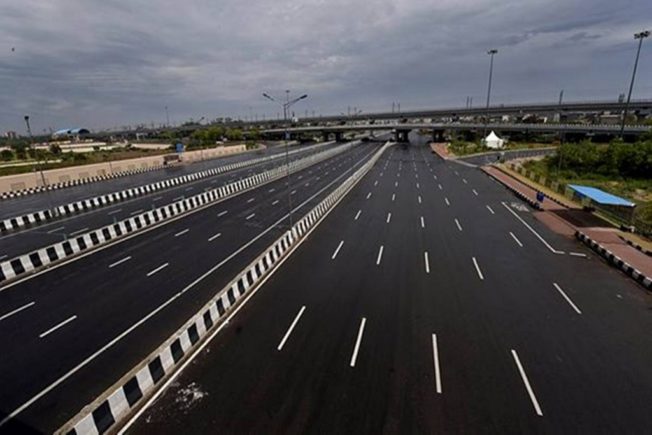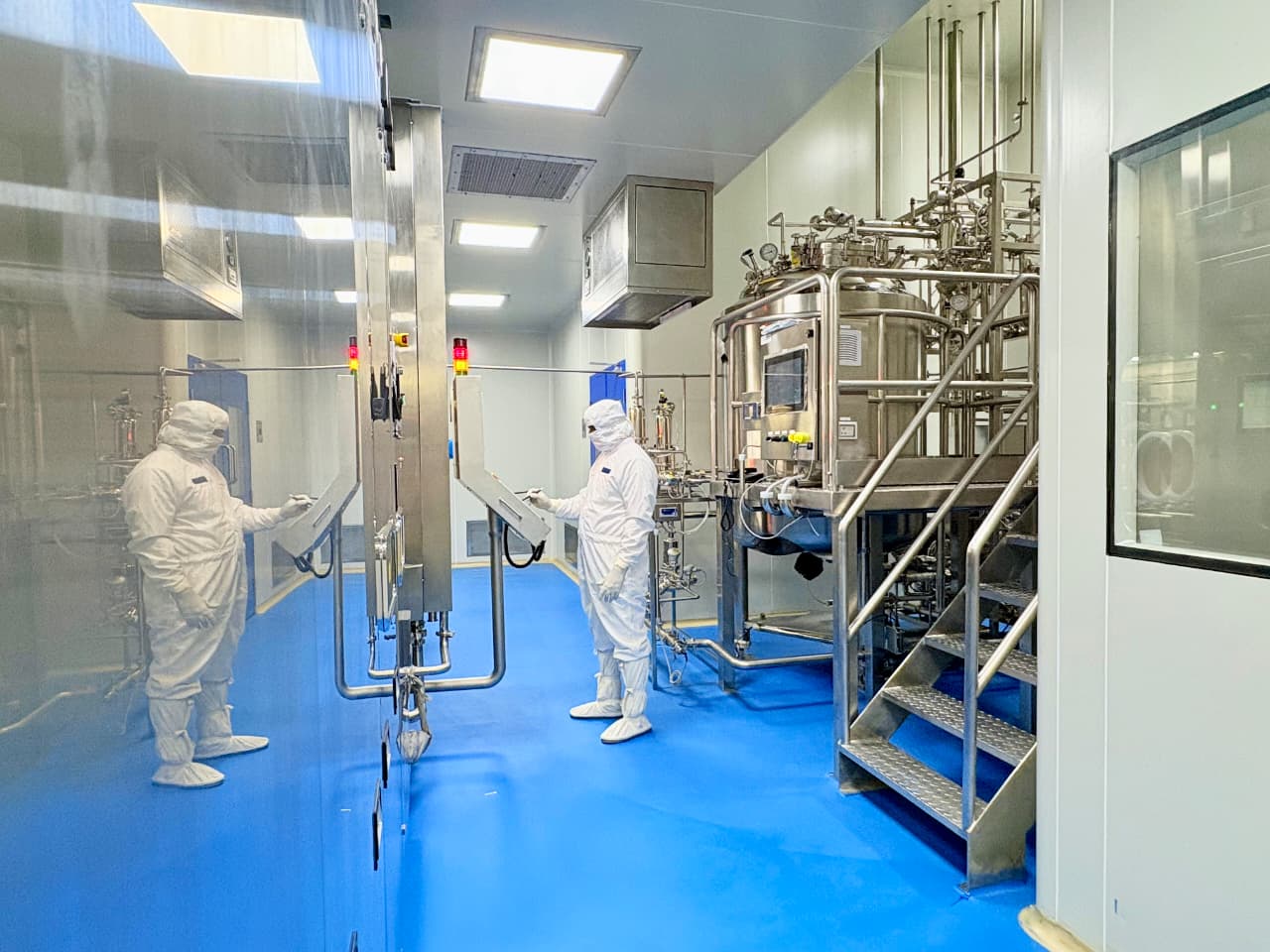New Delhi: The Cabinet Committee on Economic Affairs, chaired by Prime Minister Narendra Modi, has approved the development of eight significant National High-Speed Corridor projects, spanning a total length of 936 km at a cost of Rs. 50,655 crore. These projects are expected to generate approximately 4.42 crore mandays of direct and indirect employment, marking a substantial investment in India’s infrastructure.
The first project is the 6-Lane Agra – Gwalior National High-Speed Corridor. This 88-km corridor will be developed on a Build-Operate-Transfer (BOT) mode as a fully access-controlled 6-lane corridor at a total capital cost of Rs. 4,613 crore. It aims to enhance connectivity to key tourist destinations in Uttar Pradesh and Madhya Pradesh, such as the Taj Mahal and Gwalior Fort. The project will reduce the distance between Agra and Gwalior by 7% and cut travel time by 50%, significantly lowering logistics costs.
The second project is the 4-Lane Kharagpur – Moregram National High-Speed Corridor, spanning 231 km and developed in Hybrid Annuity Mode (HAM) at a total capital cost of Rs. 10,247 crore. This new corridor will supplement the existing 2-lane National Highway, increasing traffic capacity by about five times between Kharagpur and Moregram. It will provide efficient connectivity for traffic between states such as West Bengal, Odisha, and Andhra Pradesh and the northeastern part of the country. The corridor is expected to reduce travel time for freight vehicles from the current 9 to 10 hours to 3 to 5 hours, thus lowering logistics costs.
The third project, the 6-Lane Tharad – Deesa – Mehsana – Ahmedabad National High-Speed Corridor, will span 214 km and be developed in BOT mode at a total capital cost of Rs. 10,534 crore. This corridor will provide connectivity between two key National Corridors in Gujarat, namely the Amritsar – Jamnagar Corridor and the Delhi – Mumbai Expressway. It will facilitate seamless connectivity for freight vehicles from industrial regions in Punjab, Haryana, and Rajasthan to major ports in Maharashtra, improving logistics efficiency.
The fourth project involves the development of a 4-lane Ayodhya Ring Road, stretching 68 km and developed in HAM mode at a total capital cost of Rs. 3,935 crore. This Ring Road will reduce congestion on National Highways passing through Ayodhya, enabling faster movement of pilgrims visiting the Rama Mandir and providing seamless connectivity to tourists from Lucknow International Airport and major railway stations.
The fifth project is the 4-Lane section between Pathalgaon and Gumla of the Raipur-Ranchi National High-Speed Corridor. This 137-km section will be developed in HAM mode at a total capital cost of Rs. 4,473 crore. It will enhance connectivity between mining areas and industrial zones, improving logistics efficiency for freight traveling between key industrial hubs.
The sixth project, the 6-Lane Kanpur Ring Road, will span 47 km and be developed in Engineering, Procurement, and Construction Mode (EPC) at a total capital cost of Rs. 3,298 crore. This Ring Road will complete the 6-lane National Highway Ring around Kanpur, improving logistics efficiency for freight traveling between Uttar Pradesh, Delhi, Bihar, Jharkhand, and West Bengal.
The seventh project involves the development of a 4-Lane Northern Guwahati Bypass and the widening/improvement of the existing Guwahati Bypass. This 121-km project will be developed in BOT mode at a total capital cost of Rs. 5,729 crore. The Guwahati Ring Road will provide seamless connectivity to long-distance traffic, easing congestion on major National Highways around Guwahati and connecting major cities in the region.
The eighth and final project is the development of an 8-Lane Elevated Nashik Phata – Khed Corridor near Pune. This 30-km elevated corridor will be developed on BOT mode at a total capital cost of Rs. 7,827 crore. It will provide high-speed connectivity for traffic from industrial centers and alleviate congestion around Pimpri-Chinchwad, improving logistics efficiency.
Infrastructure development is crucial for a country’s economic prosperity and improving the quality of life for its citizens. The Indian government has been heavily investing in world-class road infrastructure over the last decade. The length of National Highways has increased significantly, with a substantial rise in the pace of awarding and constructing National Highways. The government has adopted a corridor-based highway infrastructure development approach, focusing on consistent standards, user convenience, and logistics efficiency. This strategy aims to support India’s transformation into a $30+ trillion economy by 2047.
The approved high-speed corridor projects are part of this larger vision, aimed at boosting economic growth, enhancing connectivity, and creating employment opportunities across the country.





